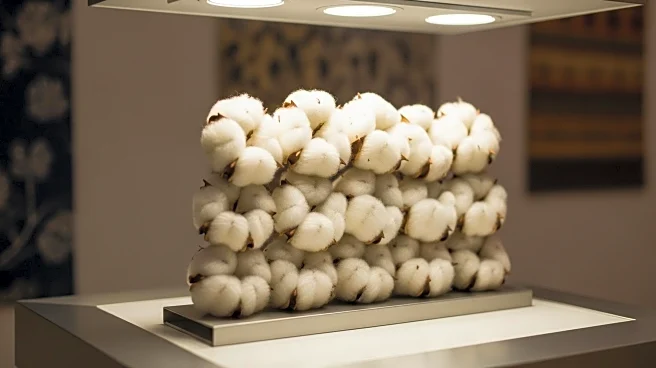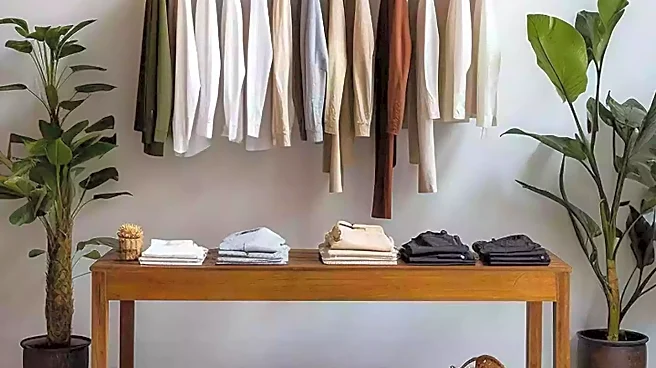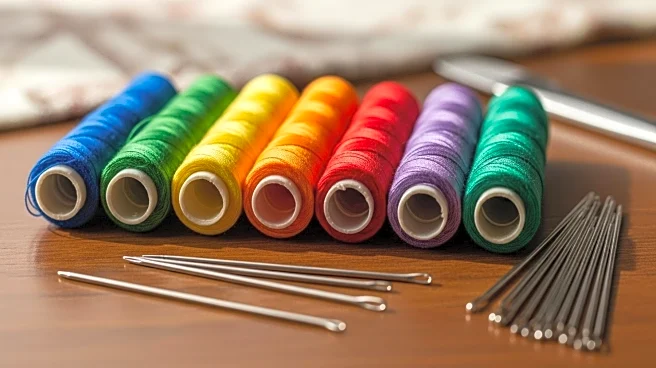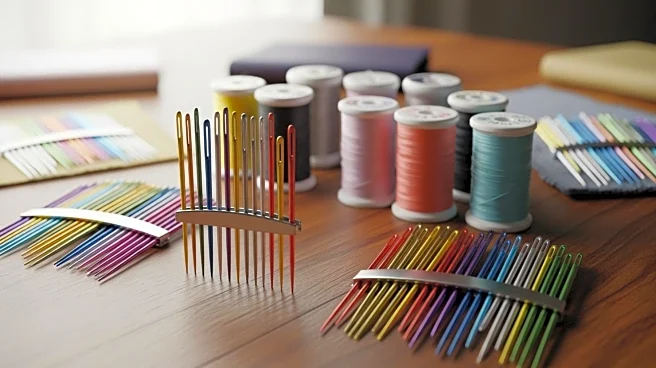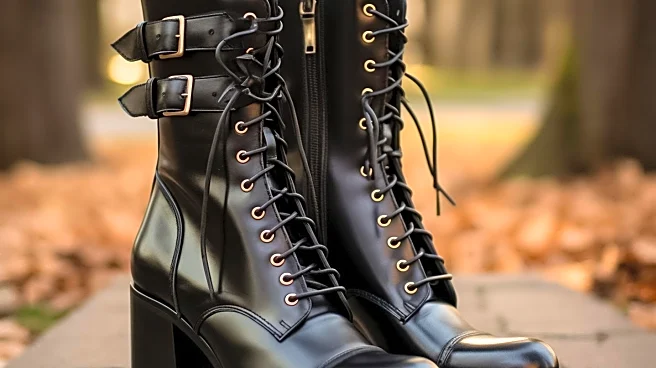What is the story about?
What's Happening?
The secondhand fashion market is on the brink of significant evolution, driven by Generation Z's embrace of sustainable practices. Experts predict the market will reach $64 billion by 2024, fueled by environmental awareness and the desire for unique fashion finds. Gen Z's preference for thrifted clothing reflects a shift away from fast fashion, prioritizing individuality and sustainability. Social media platforms like Instagram and TikTok play a pivotal role in shaping Gen Z's fashion choices, promoting thrifted outfits and encouraging creativity.
Why It's Important?
The growth of the secondhand fashion market highlights a fundamental change in consumer behavior, particularly among younger generations. Gen Z's focus on sustainability and ethical consumption challenges the fast fashion model, promoting a more responsible approach to fashion. This shift has significant implications for the fashion industry, encouraging brands to adopt eco-friendly practices and prioritize sustainability. The trend towards secondhand clothing supports a circular economy, reducing waste and promoting reuse. It also fosters a sense of community and connection among consumers, aligning with Gen Z's values of authenticity and individuality.
What's Next?
As the secondhand fashion market continues to grow, businesses may explore new models to meet consumer demand for sustainable fashion. This includes offering repair services, recycling options, and leasing models for consumers to borrow their favorite pieces. Brands can leverage social media and influencer collaborations to promote thrifted style stories and showcase the individuality that secondhand fashion offers. The trend towards circular fashion offers a promising way to reduce waste while meeting the evolving expectations of today’s shoppers.
Beyond the Headlines
The rise of secondhand fashion reflects deeper cultural and societal shifts. It challenges the fast fashion model and promotes a more mindful approach to consumption. The trend supports cultural preservation by keeping vintage and unique garments in circulation. It also highlights the role of social media in shaping consumer behavior and promoting sustainable choices. As the market grows, it may influence broader societal attitudes towards consumption and sustainability, fostering a culture of resourcefulness and creativity. This shift could lead to long-term changes in consumer behavior and industry practices, promoting a more sustainable and equitable fashion landscape.
AI Generated Content
Do you find this article useful?


